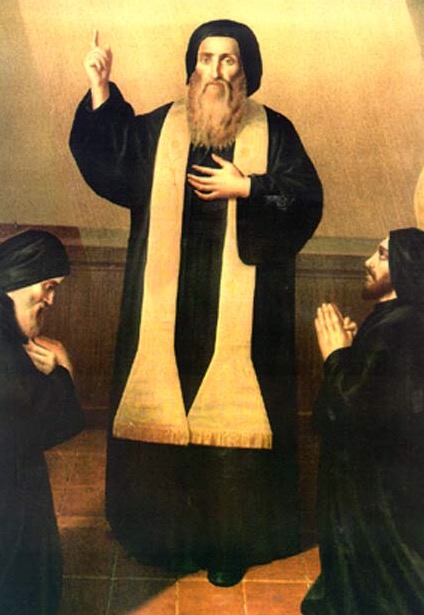St Rafqa
ST RAFQA HISTORY
BIRTHPLACE & CHILDHOOD
St Rafqa was born in Himlaya, Mount Lebanon on June 29, 1832. She was the only child to her Maronite Catholic parents Mourad Saber el-Chobok el-Rayess and Rafqa Gemayel. On July 7, 1832 she was baptised and christened Boutroussieh (a girl version for the name Peter). Her parents taught her the love of God and daily praying.
In 1839, when she was 7 years old, Boutroussieh (St Rafqa) lost her mother whom she dearly loved. Her father went through poverty, so he sent her to Damascus, Syria in 1843 to work for Assad Badawi’s who was of Lebanese origin for four years. Boutroussieh (St Rafqa) came back home in 1847, to find that her father had remarried another woman named Kafa.
Boutroussieh (St Rafqa) was beautiful, pleasant, humorous and pure with a serene voice. Her aunt wanted her to marry her son while her stepmother wanted her to marry her brother and therefore a conflict emerged. Boutroussieh (St Rafqa) felt bad about this situation and she prayed to God and she chose to enter the monastic life instead of the married life.
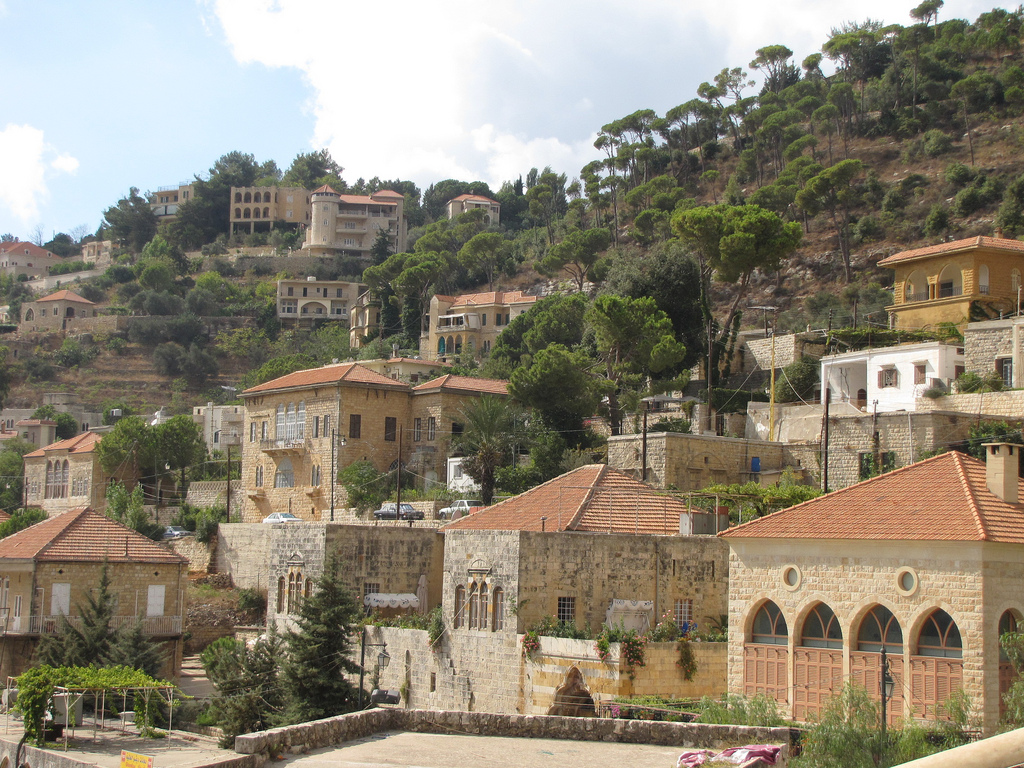
OUR LADY OF DELIVERANCE MONASTERY
(1859-1871)
Boutroussieh (St Rafqa) asked God to help her achieve her desire, so she travelled to Our Lady of Deliverance monastery in Bikfaya, Mount Lebanon to become a nun. When she entered the monastery church she felt deep joy and happiness. While looking and praying at the Our Lady of Deliverance Icon, God’s voice inviting her to devotion and said to her: “You’re becoming a nun”. The Mother Superior accepted her without any interrogation and she entered the monastery. Boutroussieh (St Rafqa) refused to go back home when her father and stepmother came to monastery to discourage her and pleaded with her to choose the married life.
Boutroussieh (St Rafqa) became a student in the monastery and on St Joseph’s day on March 19, 1861, she wore the Initiation Robe. On March 19, 1862, Boutroussieh (St Rafqa) was presented with the monastic vows in the monastery of Ghazir, Mount Lebanon. Boutroussieh (St Rafqa) stayed with nun Mary Gemayel in Ghazir’s clericalism which was run by the Jesuits. The main purpose of the monastery was to educate the girls if they really wanted to enter the congregation of St Mary. In addition to the education, Boutroussieh (St Rafqa) was in charge of the kitchen service which was to organise, prepare and serve food for the monastery.
While in the monastery of Ghazir, Mount Lebanon she studied the arabic language, calligraphy and calculations and in 1860, Boutroussieh (St Rafqa) was sent to Deir el-Kamar, Mount Lebanon to teach children catechism. During her stay in Deir el-Kamar she witnessed bloody events in the village which Boutroussieh (St Rafqa) saw with her own eyes many people getting killed. She was strong and courageous enough to hide a child under her robe and save him from death. Boutroussieh (St Rafqa) spent almost a year in Deir el-Kamar, Mount Lebanon then she went back to Ghazir, Mount Lebanon.
In 1863, following the orders of her superiors, Boutroussieh (St Rafqa) went to the school of the monastic order in Byblos, Mount Lebanon where she spent more than a year, teaching girls education and faith. Early in 1864, she was transferred from Byblos, Mount Lebanon to Maad, Mount Lebanon upon the request of the great benevolent Antoun Issa. In Maad, Mount Lebanon, Boutroussieh (St Rafqa) and another nun spent seven years establishing a school to teach girls.
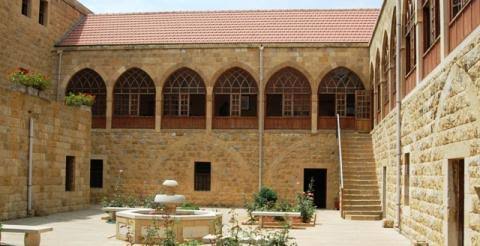
LEBANESE MARONITE ORDER
(1871-1914)
1) Monastery of St Simon El-Qarn in Aito, North Lebanon:
While living in maad, Mount Lebanon and following a crisis in the Congregation of St Mary in 1871, Boutroussieh (St Rafqa) entered St George’s church, and asked God for help, and she heard a voice calling her: “You’re becoming a nun.” While Boutroussieh (St Rafqa) was praying she saw a vision of St George, St Simon, and St. Anthony the Great, father of the monks, who told her: “become a nun in the Lebanese Maronite Order.”
After this vision, Mr Antoun Issa made it easy for Boutroussieh (St Rafqa) to leave and transferred her from Maad, Mount Lebanon to the monastery of St Simon el-Qarn in Aito, North Lebanon. She was immediately accepted and wore the Initiation Robe on July 12, 1871 and was presented her vows on August 25, 1872 and was named Nun Rafqa after her mother.
Nun Rafqa spent 26 years in the monastery of St Simon el-Qarn in Aito, North Lebanon between 1871 to 1897. She was a role model for other nuns by recalling the regulations, praying, living in austerity, sacrificing and working in silence.
On the first sunday of October 1885, she entered the convent church and began to pray asking God to make her a part of his divine pains. God responded immediately, and gave her unbearable pains in her head and moved to her eyes. All attempts to cure her failed and the superior nun decided to send her to Beirut, Lebanon to receive treatment. As Nun Rafqa was passing by St John-Marc’s church in Byblos, Mount Lebanon she noticed an American doctor and she told him to examine her.
During the examination, the American doctor accidentally pulled out her right eye and the disease quickly spread to her left eye resulting in the examination being a failure. Nun Rafqa returned to her monastery where she suffered from terrible pains in her eyes for 12 years and remained patient, silent, praying in joy and sharing her pains with Jesus.
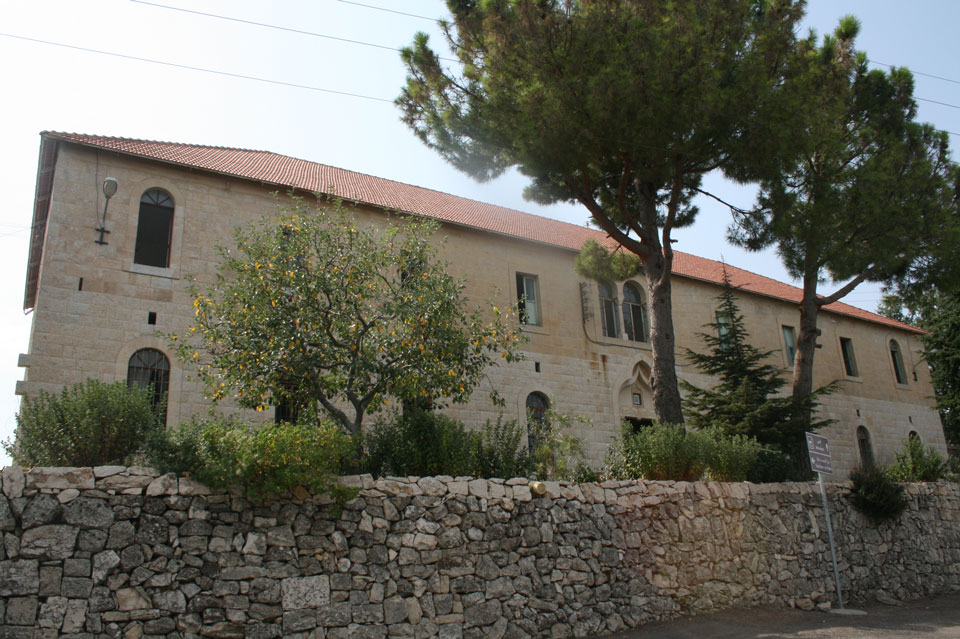
2) St Joseph monastery Al-Dahr in Jrabta, Mount Lebanon:
When the Lebanese Maronite Order decided to build the monastery of St Joseph al-Dahr in Jrabta, Mount Lebanon in 1897, six nuns of St Simon el-Qarn monastery in Aito, North Lebanon were sent to the new monastery under the supervision of Mother Ursula Doumit from Maad, Mount Lebanon. Nun Rafqa was among the six nuns who were instructed to help establish the new monastery.
In 1899, Nun Rafqa lost sight in her left eye and became blind, entering a new stage of her suffering. Nun Rafqa lived the last phase of her life in total blindness, unbearable pain in her sides and weakness in her body. Also her right hip and leg were disjointed, the bone of her shoulder had altered its position and the vertebra became very apparent.
With only Nun Rafqa’s face remaining bright and radiant and her hands still intact, she was able to knit socks and clothes and always thanked God for sparing her hands and making her a part of his divine pains.
On March 23, 1914, Rafqa rested in peace, living a life of pray, service and suffering, counting on the Mother of God and St Joseph to protect and guide her thoughts and actions during her life on earth. She was buried in the cemetery of the monastery.
On July 10, 1927, her body was transferred to another shrine in the monastery, which was the beginning of her case of her beatification on December 23, 1925 and her initial investigation of her sainthood on May 16, 1926.
On June 9, 1984, the eve of Pentecost, in the presence of the Pope John Paul II, the decree approving the miracle of Elizabeth Ennakl, who was said to have been completely cured of uterine cancer in 1938 at the tomb of Rafqa was announced.
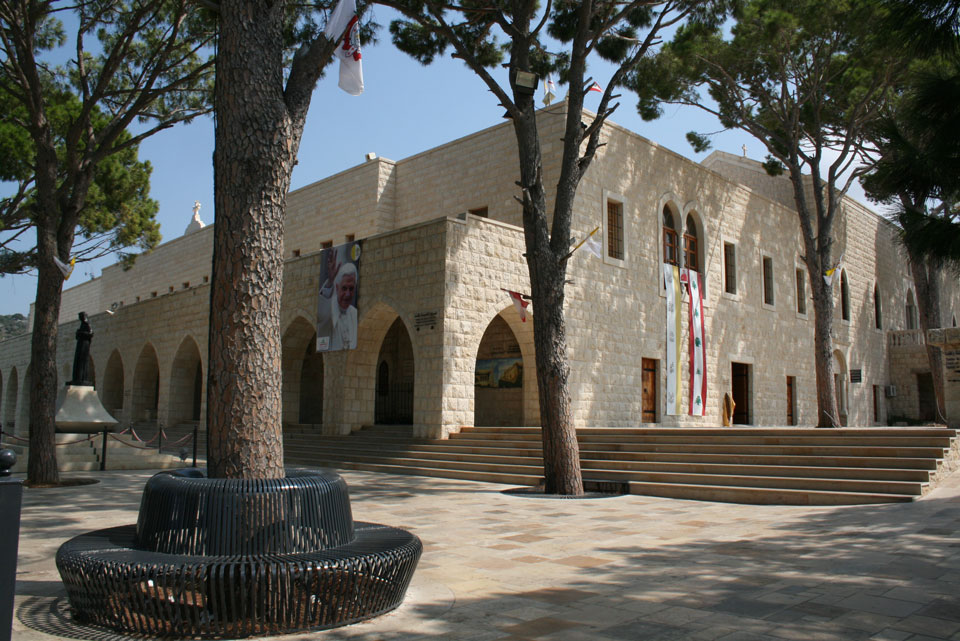
St Rafqa Coffin
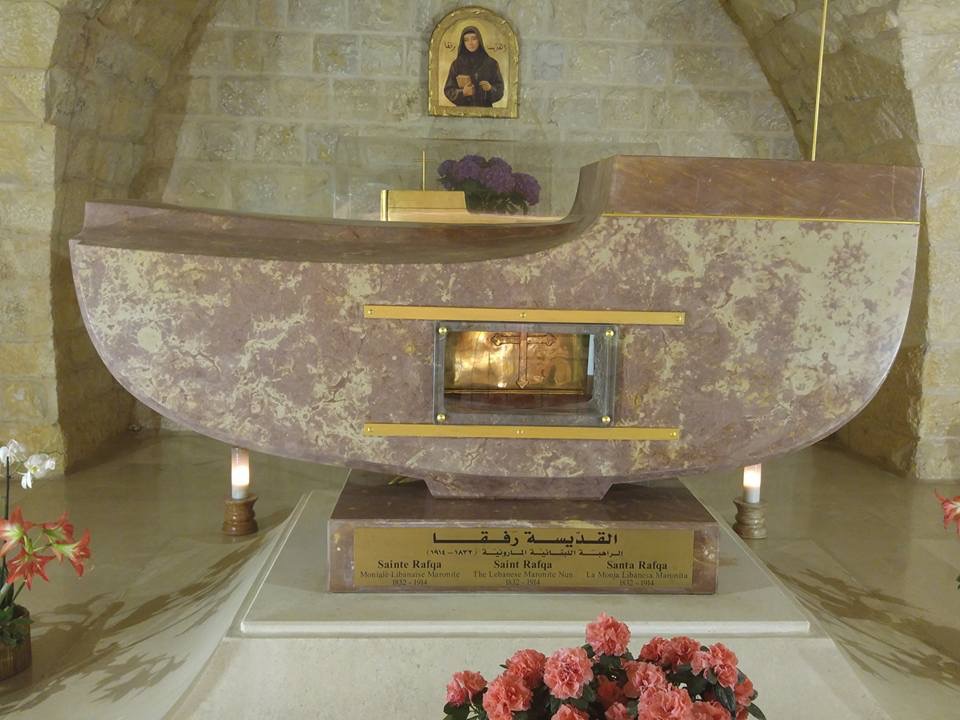
BEATIFICATION & CANONISATION
Pope John Paul II declared her:
- Venerated on February 11, 1982.
- Beatified on November 17, 1985.
- Role model in the adoration of the Eucharist in the Jubilee year 2000.
- Saint for the whole church in June 10, 2001.
- Feast day is celebrated on March 23.
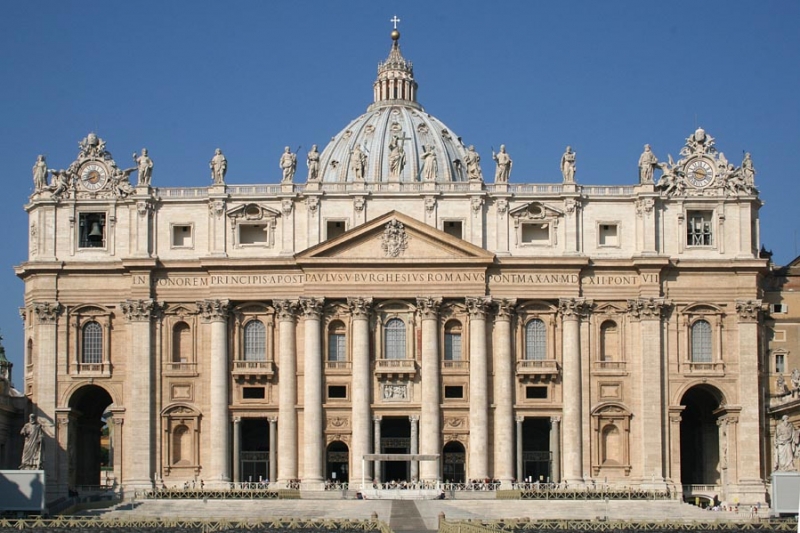
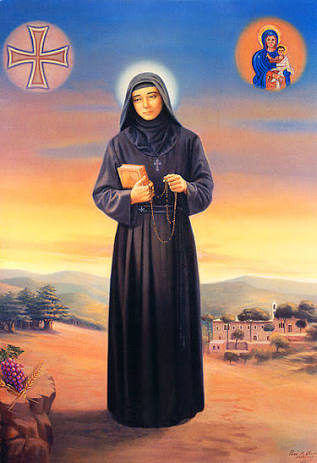
MARONITE HISTORY
OVERVIEW
St Maroun “The Little Lord” was a 4th century Catholic Priest and Hermit whose followers, after his death, founded a Catholic movement that became known as the Catholic Maronite Church. The Catholic community which grew from this movement are the Catholic Maronites.
St Maroun was born around 350AD in Cyrrhus, a small town near Antioch, Syria, was a Priest who later became a Hermit, retiring to the mountain of Taurus in the region of Cyrrhus. His holiness and miracles attracted many followers and drew attention throughout the empire.
St Maroun embraced a life of quiet solitude and was known for his simplicity and his extraordinary desire to discover God’s presence in all things.
St Maroun is often portrayed in a black habit garment with a hanging stole, accompanied by a long crosier staffed by a globe surmounted with a cross. His feast day is celebrated on February 9.

MONASTIC SPIRITUALITY
St Maroun’s way was deeply monastic with emphasis on the spiritual and ascetic aspects of living. For St Maroun, all was connected to God and God was connected to all. He did not separate the physical and spiritual world and actually used the physical world to deepen his faith and spiritual experience with God.
St Maroun was able to free himself from the physical world by his passion and fervour for prayer and enter into a mystical relationship of love with God. He lived his life in the open air and spent his time in prayer and meditation exposed to the forces of nature such as sun, rain, hail and snow.
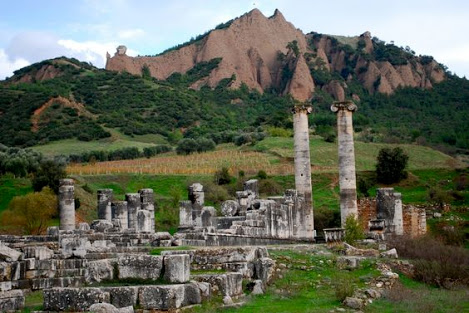
MISSIONARY
St Maroun was a mystic who started this new ascetic-spiritual method that attracted many people in Syria and Lebanon to become his disciples. Accompanying his deeply spiritual and ascetic life, he was a zealous missionary with a passion to spread the message of Christ by preaching it to all he met. He sought not only to cure the physical ailments that people suffered, but had a great quest for nurturing and healing the “lost souls” of both non-Christians and Christians of his time.
This missionary work came to fruition when in the mountains of Syria, St Maroun was able to convert a temple into a church. This was to be the beginning of the conversion to Christianity in Syria which would then influence and spread to Lebanon. After his death in the year 410AD, his spirit and teachings lived on through his disciples.
The Catholic Maronite faith reached Lebanon when St Maroun’s first disciple, Abraham of Cyrrhus, who was called the Apostle of Lebanon, realised that there were many non-Christians in Lebanon and so he set out to convert them to Christianity by introducing them to the way of St Maroun.
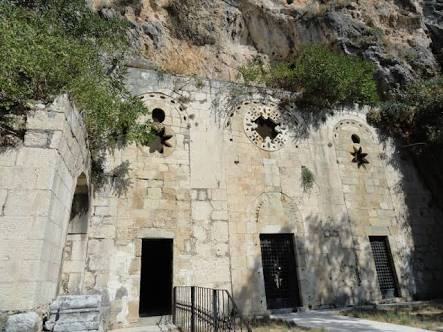
THREE SOURCES
We have three available sources regarding St Maroun’s Life. The first and most detailed source is from his biographer, Theodoret of Cyrrhus, who wrote “A history of the Monks of Syria” in the 5th century. The second is from St John Chrysostom, the “Golden Mouth”. The third is the Catholic Maronite Liturgy and the first Catholic Maronites:
1) Theodoret of Cyrrhus
Theodoret explains that pagans previously worshiped on the hill. St Maroun converted the hill to a place of Christianity and his “soul received the words of the Gospel.” He chose the “poverty of Christ over the riches of this world.” His asceticism (a life of abstinence) was also marked by a continued attachment to people. They came to him and St Maroun prayed and healed “not only the infirmities of the body, but applied suitable treatment to souls as well.” He set examples of chastity, prayer, meditation, labor and of course love. St Maroun example inspired many disciples, both men and women.
2) St John Chrysostom
The other source we have about St Maroun is St John Chrysostom. While in exile, and during one of the most difficult times of his life, St John Chrysostom wrote to St Maroun and asked him to pray for him. Below is an extract of the letter:
“Dear Maroun, we are bound to you by love and interior disposition, and see you here before us as if you were actually present. For such are the eyes of love; their vision is neither interrupted by distance nor dimmed by time… we address ourselves to your honour and assure you that we hold you constantly in our minds and carry you about in our souls wherever we may be… please pray for us.”
3) the Catholic Maronite Liturgy and the first Catholic Maronites
After St Maroun’s death, a great monastery was built in Syria in 452AD called Beit Maroun and the monastery flourished. However, from the 6th century, things became dangerous for the first Maronites and they were persecuted for their obedience to the Catholic faith and the Council of Chalcedon. In the year 517AD, 350 Catholic Maronite Monks were killed.
The Catholic Maronites, elected their first Patriarch, St John Maroun in the year 685AD. He was affirmed by Pope Sergius I, highlighting that the Catholic Maronite Church was in communion with Rome since the beginning.
In 694AD, 500 Catholic Maronites were killed and by 938AD Beit Maroun was completely destroyed and the Maronite Patriarch fled to the Mountains of Lebanon. The persecution resulted in many Catholic Maronites migrating from Syria to Mount Lebanon.
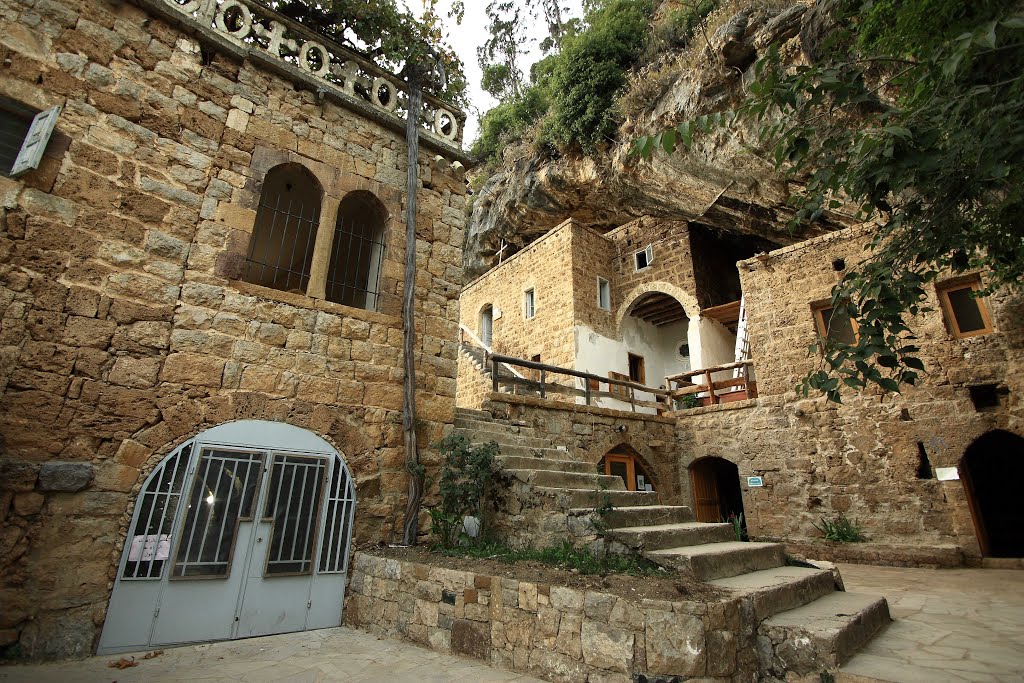
MARONITES IN THE MOUNTAINS OF LEBANON
The Catholic Maronite Church flourished in the rocky mountains under the Cedars of Lebanon and prospered in the hills and valleys of Qannoubine and Qadisha. By the 13th Century things once again became volatile for the Catholic Maronites. They were attacked in the north of Lebanon and in the Catholic Maronite villages of Ehden, Bsharre, Hadath El-Jibbe, Mayfouk and other villages.
Patriarch Daniel El Hadsheeti was killed and in 1367AD Patriarch Gabriel Hejola was burned alive. During that time many Catholic Maronites escaped to Cyprus where there was a Catholic Maronite Church. In 1440AD, to escape persecution, the Catholic Maronite Patriarchate moved from Mayfouk to Wadi Qannoubine, where it took refuge.
In 1860, under the Ottoman rule, many villages, churches, and monasteries were completely destroyed. During this time many Maronites were martyred. On July 10, 1860, the Massabki brothers: Francis, Abed El-Moati, and Raphael were martyred in Damascus. They remained steadfast in the face of persecution and refused to deny their faith. Pope Pius XI beatified them on October 1, 1926.
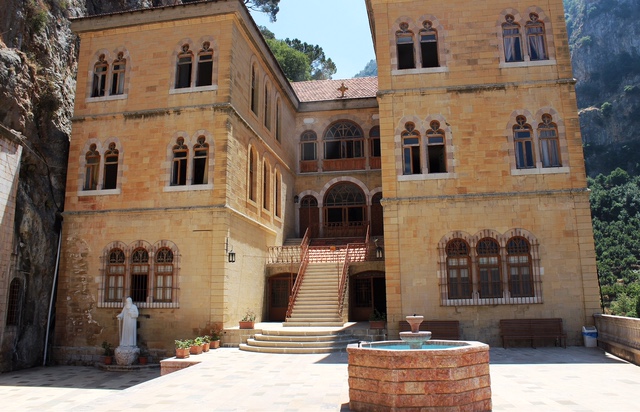
THE MARONITES OF THE EXPANSION
By 1915, Ottomon rule, famine, disease and war created a great wave of migration in particular to the Americas. Many Catholic Maronites became scattered throughout the world, which made the Church grow outside of Lebanon. The Catholic Maronite Church became international. No longer were they Maronites of the Middle East, but also American, South American, European, African and Australian Catholic Maronites.
Patriarch Daniel El Hadsheeti was killed and in 1367AD Patriarch Gabriel Hejola was burned alive. During that time many Catholic Maronites escaped to Cyprus where there was a Catholic Maronite Church. In 1440AD, to escape persecution, the Catholic Maronite Patriarchate moved from Mayfouk to Wadi Qannoubine, where it took refuge.
In 1860, under the Ottoman rule, many villages, churches, and monasteries were completely destroyed. During this time many Maronites were martyred. On July 10, 1860, the Massabki brothers: Francis, Abed El-Moati, and Raphael were martyred in Damascus. They remained steadfast in the face of persecution and refused to deny their faith. Pope Pius XI beatified them on October 1, 1926.
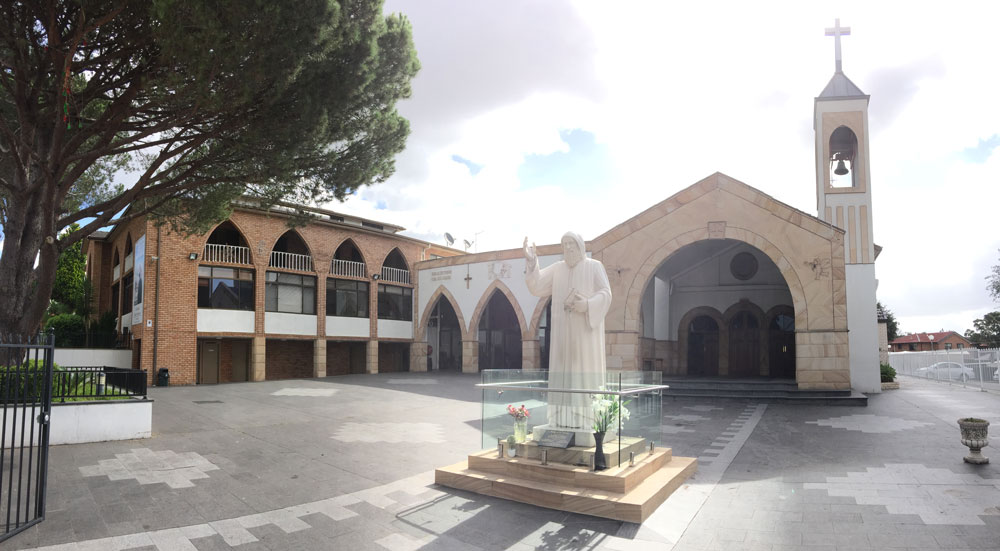
THE IMPORTANCE OF MAINTAINING OUR CATHOLIC MARONITE TRADITIONS
Our Catholic Maronite ancestors overcame great persecution to protect their Church and their faith. They remained steadfast in the face of persecution and committed to Christ and St Maroun. Their shield was prayer. Out of their experience developed a superb liturgy and many beautiful traditions.
We are called by the Universal Catholic Church to protect those traditions. In his very beautiful Apostolic letter, Orientale Lumen, Blessed Pope John Paul II declared.
“…I listen to the Churches of the East, which I know are living interpreters of the treasure of tradition they preserve. In contemplating it, before my eyes appear elements of great significance for fuller and more thorough understanding of the Christian experience…the Christian East has a unique and privileged role as the original setting where the Church was born… Tradition is the heritage of Christ’s Church…Tradition is never pure nostalgia for things or forms past, nor regret for lost privileges, but the living memory of the Bride, kept eternally youthful by the Love that dwells within her.”
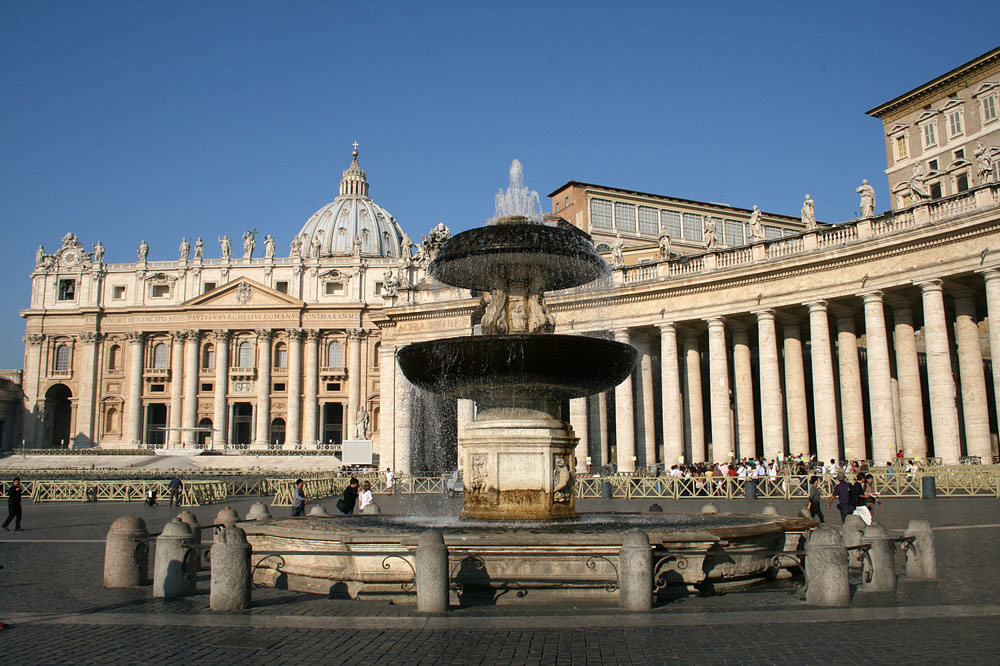
St. Maroun Portrait
